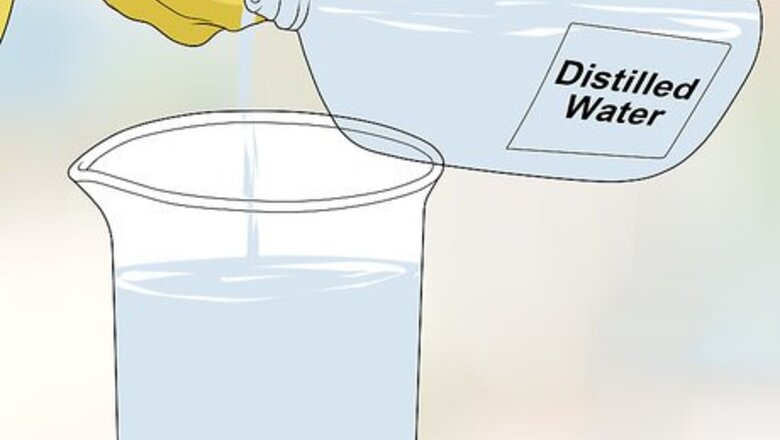
views
X
Research source
Because of methanol's danger to both health and the environment, some people elect to make their own methanol-free windshield washing fluid at home. Custom washing fluids are also easy to make out of ordinary household ingredients and save money in the long run.
Diluting Window Cleaner
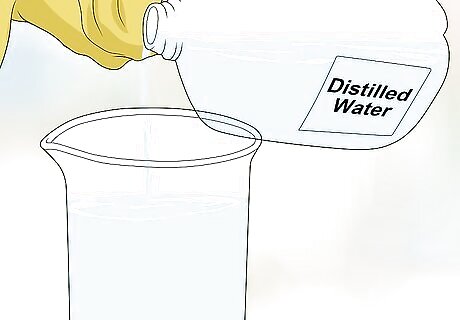
Add one gallon of distilled water to a clean, empty container. Pick a container that is easy to pour and holds at least one and a quarter gallons. Always use distilled water to prevent mineral deposits from building up in your car's spray nozzles and pump. Tap water can be used in an emergency. Just remember to replace the fluid as soon as possible to keep from damaging your car.
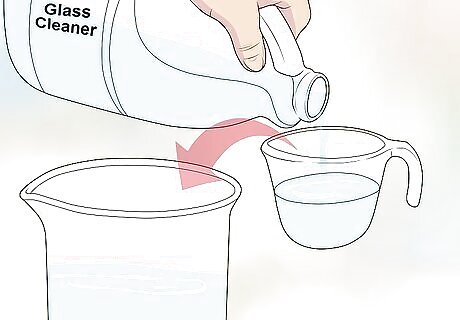
Add one cup of glass cleaner. Pick the commercial glass cleaner of your choice. Make sure to choose a cleaner that produces minimal (preferably no) suds or streaks. This method is good for everyday use, especially during the summer.
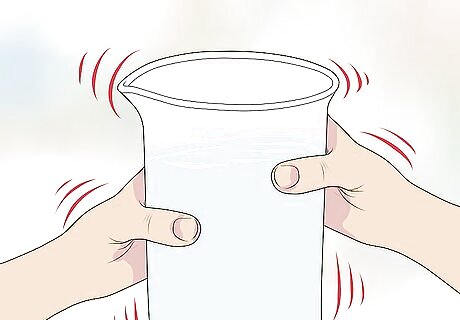
Mix well by shaking the container and add the solution to your car. If this is your first time making it, test it on your car first. Dab a little solution onto a rag and wipe a corner of the windshield. The ideal cleaner should wipe away dirt without leaving any residue.
Combining Dish Soap and Ammonia
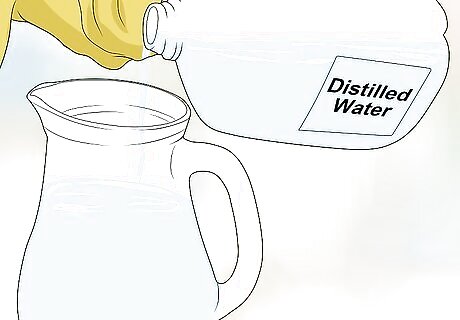
Add one gallon of distilled water to a clean jug. Use a funnel if you have difficulty adding the water. The jug should be easy to pour and capable of holding a little over a gallon. Be sure to save the container's cap for easy mixing and storage.

Measure one tablespoon of dish soap and add it to the water. Don't use too much soap, or your washing fluid may be too thick. Use whatever kind you have on hand. Make sure the soap doesn't leave behind streaks or residue on glass. If it foams too much, try a different soap. This method is best if you anticipate needing to drive through muddy terrain.

Add 1/2 cup ammonia. Use a non-sudsing ammonia that is free from additives and surfactants. Be very careful with this step, as concentrated ammonia can be dangerous. Work in a well-ventilated area and wear gloves. Once the ammonia is well-diluted by the water, it becomes relatively safe for use as a cleaner.
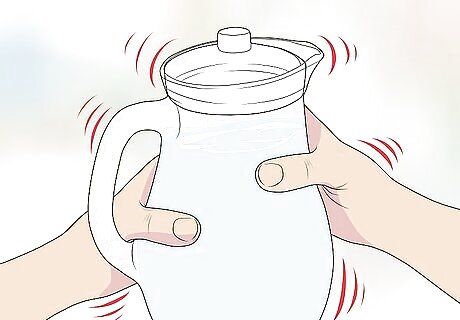
Recap the container and shake to mix well. Test your cleaner before using it for the first time. Dab a little onto a clean rag and wipe a corner of your windshield. If your cleaner removes grime without leaving a residue, it's ready to put in your car.
Adding Rubbing Alcohol to Prevent Freezing
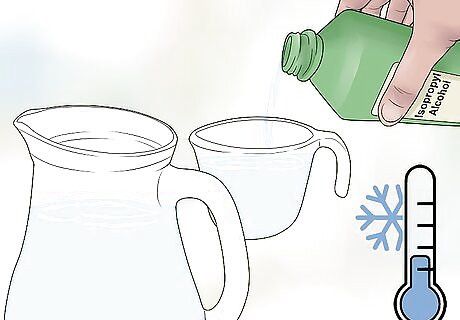
Add one cup isopropyl (rubbing) alcohol to any of the first three methods if temperatures drop below freezing. If your winters are mild, use 70% rubbing alcohol. If you experience extreme cold weather, use 99% instead. In a pinch, you can use high proof vodka instead of isopropyl alcohol.
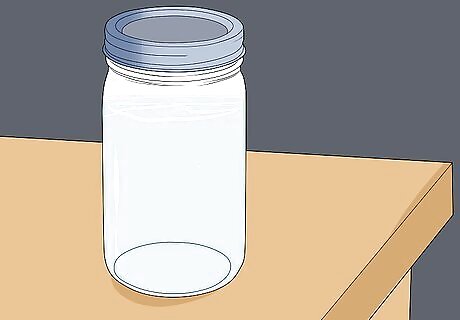
Leave a small container of your solution outside overnight. If the fluid freezes, you will need to add at least another cup of alcohol. Test your solution again. This step is very important to prevent the fluid from freezing and rupturing your car's washer fluid hose.
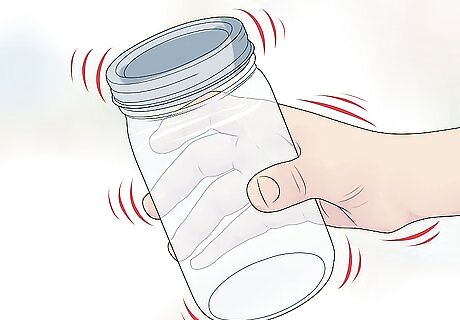
Mix thoroughly by shaking the container. Drain any warm weather washing fluid before adding the cold weather cleaner. If there is enough warm weather fluid left, it may dilute the alcohol in the cold weather cleaner. If the alcohol is diluted enough, the solution will freeze.
Making Fluid with Vinegar in Cool Weather

Pour 12 cups (3/4 gallon) distilled water into a clean, empty jug. Make sure the container's capacity is a little more than a gallon. If the rim of the container is narrow, use a funnel to make pouring easier. Label your container with a permanent marker.

Add 4 cups white vinegar. Use white vinegar only. Other types of vinegar may leave behind residue or stain your clothing. This is the best type of cleaner for removing pollen. Do not use this method in warmer weather. Hot vinegar creates a foul, pungent odor.
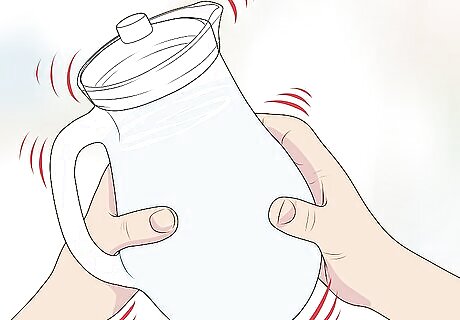
Mix the solution thoroughly by shaking the container. If the temperatures in your area dip below freezing, do a freeze check before adding the cleaner to your car. Leave a small cup of the solution outside overnight and check in the morning. If it has frozen, add another two cups of vinegar to the jug and try again. If it still freezes, add one cup of rubbing alcohol and check again.


















Comments
0 comment